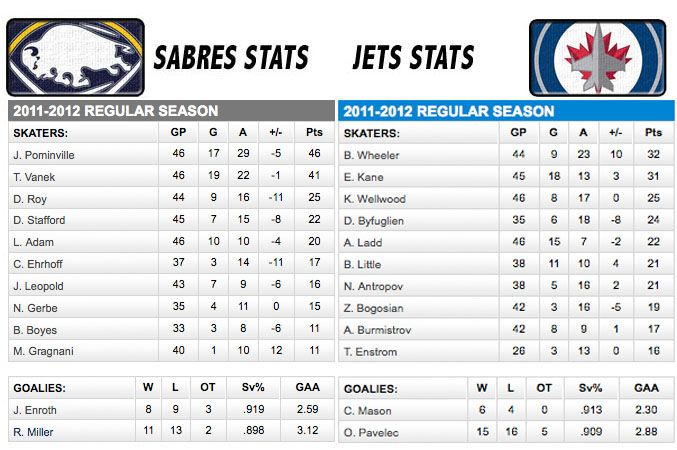The June 2015 entry into the Burning River Book Club is actually one from Spring of 1990. Not just the greatest pop band of the 1980’s, Men at Work: The Craft of Baseball by George F. Will is a thorough look at the on the field and off the field effort put out by four particular exemplary individuals in baseball.

The book goes in the order of manager, pitcher, hitter and fielder and each chapter builds upon the last. While it could be read out of order, I would recommend not doing so as Will uses parts from the Hershiser section to compliment Gwynn’s section on hitting and both of those to explain Ripken’s section on fielding.
In addition to getting in deep with each players off-the-field prep work, Will takes on a plethora of controversial topics including some that were slightly ahead of his time, including the unfairness of the “win” in baseball and using RBI as an evaluative metric. A few particular arguments he makes that could actually change some minds are those for the DH and against the use of aluminum bats in college. It comes up multiple times throughout the book and may not be a topic of discussion in general baseball, but Will, Hershiser and a separate interview with former Indians Greg Swindell all cover how the use of such bats leaves pitchers ill prepared to pitch inside in the Major Leagues and artificially inflates the stats of college hitters.
Everyone already knows La Russa is a baseball genius, yet some of his opinions go against the grain in baseball’s current thought process. Included in his chapter is the idea that stealing third with two outs may be a good idea and how using a poor hitter number two in the lineup can actually increase efficiency. La Russa was always a small ball guy, but never before has he really explained why as well as he does in Will’s book.
Unlike the other chapters, Hershiser’s part is actually split among three pitchers with Jim Gott representing relievers and Swindell included as a younger arm. In addition, there are multiple pages in this chapter extolling the greatness of the city of Cleveland and it’s resurgence for no apparent reason. Indians fans should read this book for this alone, even if learning more about the game of baseball isn’t a good enough reason.
If there is one section of the book that is not so educational it is the one on Gwynn. While he obviously worked as hard (or harder) than anyone, it seems as if his abilities to read a ball out of the pitcher’s hand and hit it wherever he wanted had more to do with genetics than hard work. While Hershiser’s advice could be used even by pitchers with little command or speed to become better, if you can’t tell if a pitch is a slider or fastball before the pitcher even lets go of the ball, hitting thousands of balls in the cages after a game won’t turn you into a Silver Slugger.
On the contrary, Ripken’s chapter is largely how doing your homework can allow you to overcome negative aspects on defense including poor foot speed or larger than average size. Here is where the future is hinted upon as Ripken would often use scouting reports to play batters with a large shift, only unlike today, he would start in his normal position, then move to his shift as the pitcher began his delivery. He even commented how this would hurt him at times if the batter noticed and hit the ball behind. Now that players start in a shift, they can react more effectively to balls hit to either side.
I highly recommend Men at Work for all baseball fans as it, along with a few other books such as Money Ball (to provide the view point of the GM) create a more complete picture of every aspect of the game of baseball than is usually apparent than from watching the games. Not quite up to the modern statistical standard, Will still generally avoids using old fashioned numbers in evaluating players (he did pick Gwynn over Jose Canseco and Joe Carter after all) and let’s the players tell the story when necessary.
This may be an older book, but it remains accurate today (minus a few of the statistical tables in the conclusion that have since been demolished) and is well worth the read. If purchasing, make sure to get the updated 2010 version as it includes a second introduction where he explains which modern players he would have based it off and addresses the steroid issue. If nothing else, having this book by your side can offer an alternative the next time Rick Manning tells Carlos Santana to just hit a double, instead of bunting down the third base line for a base hit.
Add The Sports Daily to your Google News Feed!
